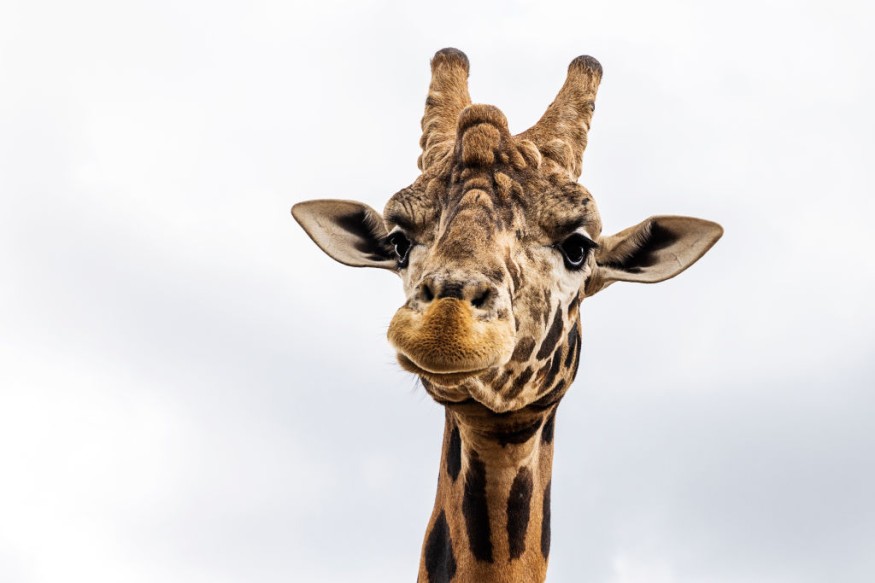
In consideration on the evolutionary selection's merciless tug-of-war regarding commodities, a recebt discovery assumed that the giraffe's distinctive neck developed to grasp foliage that many competing plant-eaters cannot possibly grasp.
Purpose of Giraffe's Necks Based on Fossilized Bones
As per Science Alert, what appeared evident to Charles Darwin has subsequently been called into question, with certain scientists claiming that those elongated vertebrae aren't for grazing, but instead male war machines in the struggle for romance.
Not all academics agree, offering lots of opportunity for discussion over the giraffe's comical morphological characteristics.
New research centered on the cranium and vertebral column of an archaic herbivore contributed to the debate, indicating that at that one giraffe-like grazer actually featured necks adapted for pounding.
The petrified remains were first discovered more than two decades ago in northern China by archaeologist Jin Meng, who is now a conservator at the American Museum of Natural History in New York City.
A new investigation of Meng and his associates' finding, which was published in Science, has uncovered traits of the life form that may assist in understanding the issues contributing in the evolution of the giraffe's distinctive morphology.
The recently discovered Discokeryx xiezhi, dubbed after a mythological unicorn-goat in Chinese tradition, was revealed to be an early part of the Giraffoidea tribe that inhabited the Miocene savannah 17 million years ago.
What would be more notable concerning D. xiezhi doesn't have birdlike features, instead mainly a portly frame topped with a head like a feudal footsoldier's headgear.
It's the type of headwear that can withstand a collision or two with an opponent.
It's plain, broad, and somewhat domed.
The group of investigators utilized a quantitative approach to measure the possible pressures the cranium and spine might bear through several impacts to see whether xiezhi's cranium gave benefits in actual confrontation.
Researchers discovered that the complex shape of the skeletal system could resist incredible trauma, maybe over any previous recognized head-butting mammal.
Although relatively remote related to current giraffes, the finding suggested that head-to-head fighting will not be a revolutionary habit for this species.
Also read : Why Are Male Mice Afraid of Bananas?
Fossilized Bones Started Debate on Giraffes
According to Chinese Academy of Sciences paleontologist Wang Shi-Qi, neither modern giraffe and Discokeryx xiezhi are members of the Giraffoidea tribe.
Despite their vastly different cranium and neck topologies, both are involved with male courting battles and have developed in an explicit fashion.
A correlation of the frameworks and patterns of cranium protuberances and antlers of antiquity musing animal species - such as other giraffoids, sheep, and pronghorn - suggests family members to the giraffe progressed a broader range of headgear, supporting the idea that fighting played a part in the development of the giraffe's skull and vertebral column.
The broad plains that xiezhi surrounded itself in similarly mirrored the broad meadows that contemporary giraffes developed to fit, suggesting at common characteristics.
Stable elements of dental enamel have revealed that Discokeryx xiezhi lived in meadows and could have moved occasionally.
There is no simple opportunity to show with assurance the types of stressors that are at task prodding and influencing an organism's characteristics.
Equally essential, biological evolution does not discriminate based on intention.
If a long neck aids battle, consume, and evade enemies without sacrificing health, it will survive a bit longer.
However, knowledge that there are some buttheads in the lineage may convince a couple extra researchers that a long neck may be a useful weapon in the struggle for life, as reported by EurekAlert.
Related article : High School Shocked as Mountain Lion Suddenly Wandered in a Classroom
© 2025 NatureWorldNews.com All rights reserved. Do not reproduce without permission.





